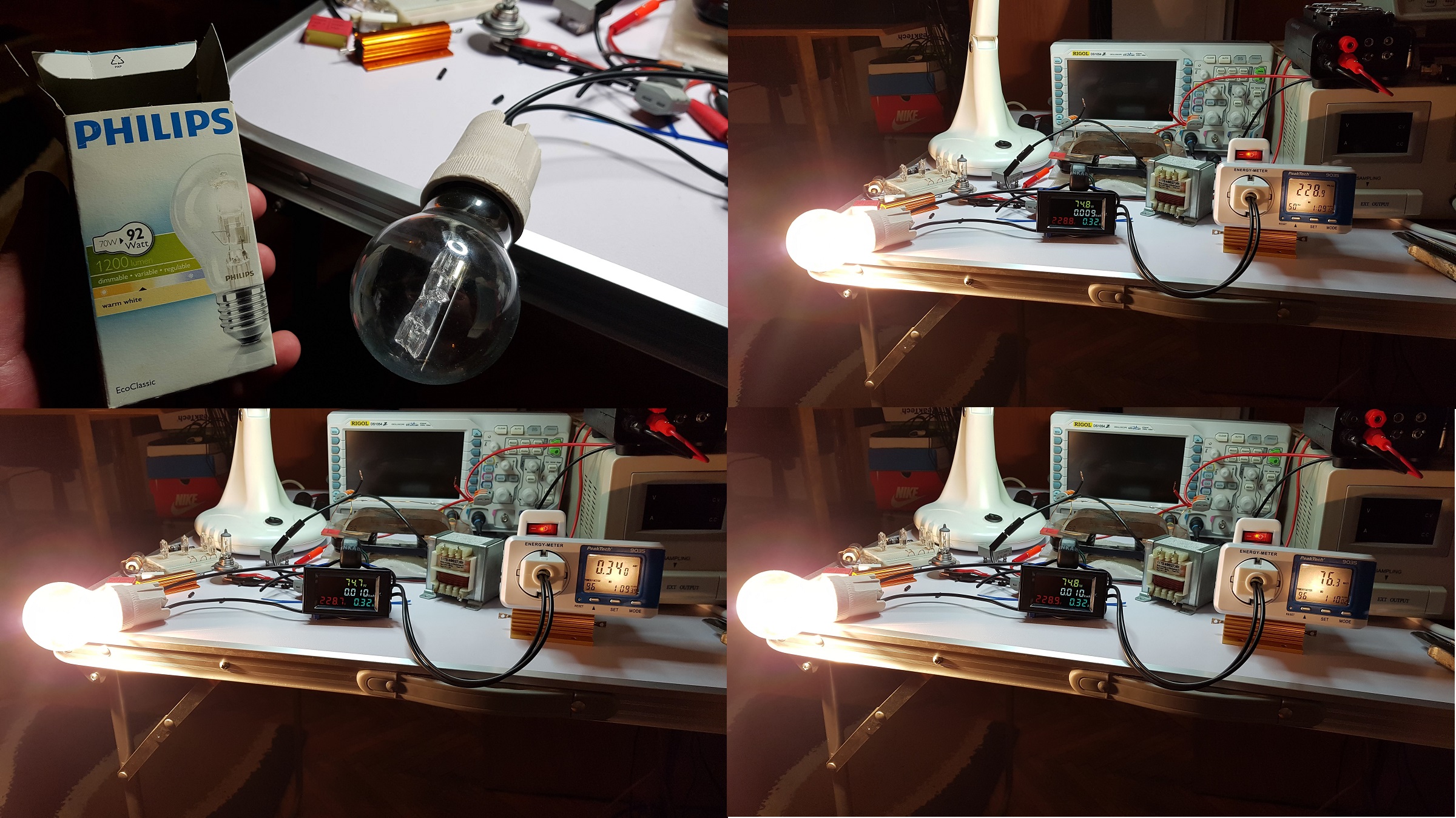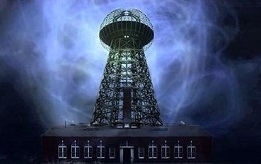Fighter
posted this
20 December 2019
Hi guys, sorry, moving to the new place and setting things up took much longer than I expected.
I just received a shipment from China and I'm currently working on a custom DC source where I can have real-time and (hopefully) accurate readings of input. The real-time measurement module is this one. For calibration I'm using a PeakTech 9035 energy meter which is using power factor for very precise readings and calculation. The measurement module seems pretty accurate and it's consuming about 0.6 - 0.7 watts. A few images without load:

And few images with a light bulb as load:

As a custom DC source I'm gonna use a 24V/1.5A transformer, a bridge rectifier and a 10000uF/50V electrolytic capacitor:

What I hope is by using the new measurement module I will get accurate real-time readings when powering up the ZPM as I actually measure the power before going into the transformer so the readings will not be affected by the signal sent back by ZPM.
By using this simple customized DC source I avoid having in readings the power consumed by the more complex DC source I used until now.
I'll see if this plan works.
The only concern I have is how to protect the transformer, its maximum current is 1.5A and while sweeping ZPM frequencies it's possible to find ranges where the current drawn by ZPM to go to 1.5A or higher. Also having that big electrolytic capacitor it's possible to have 1.5A or higher inrush current when powering up this custom DC source. I'm looking for a 1.5A current limiter so I avoid burning up the transformer, is there a simple solution for protecting it ?
| "If you want to find the secrets of the universe, think in terms of
energy, frequency and
vibration." |
|
|
Nikola Tesla |









